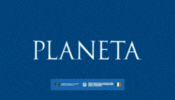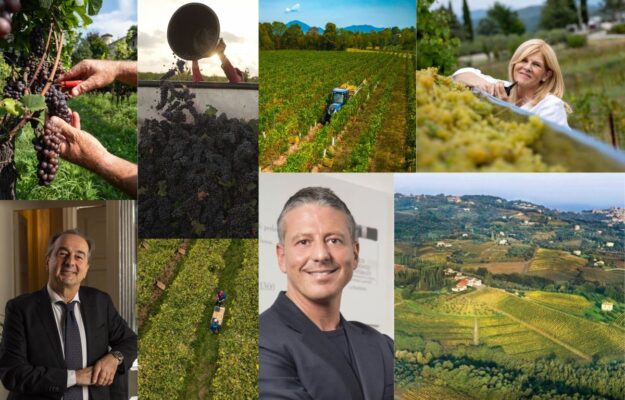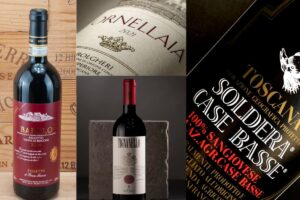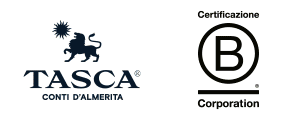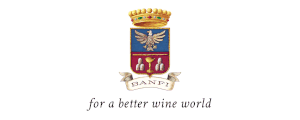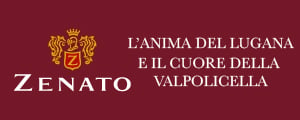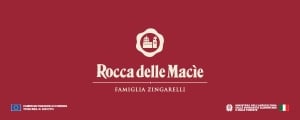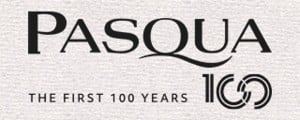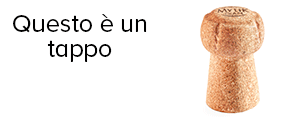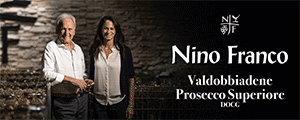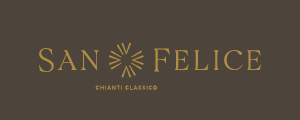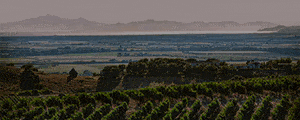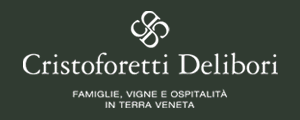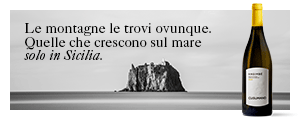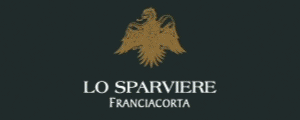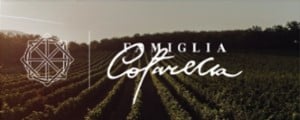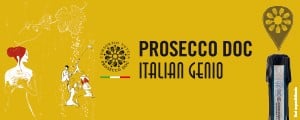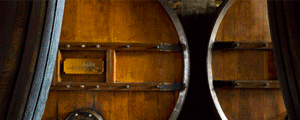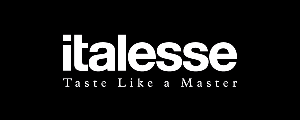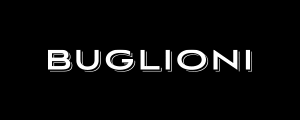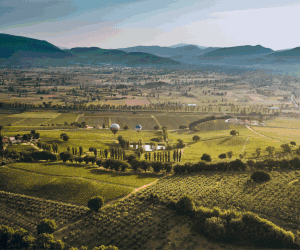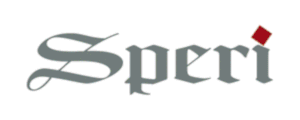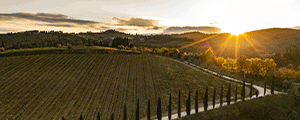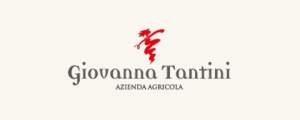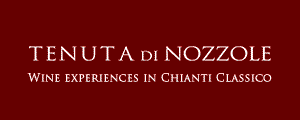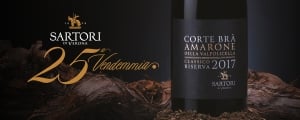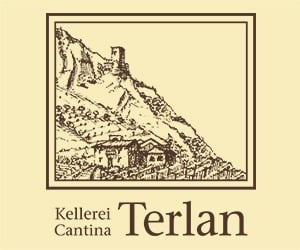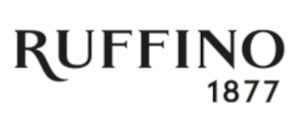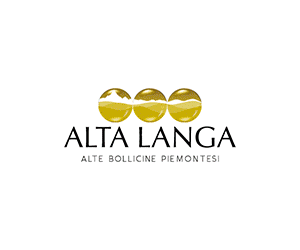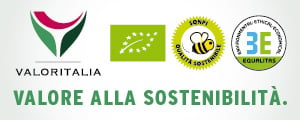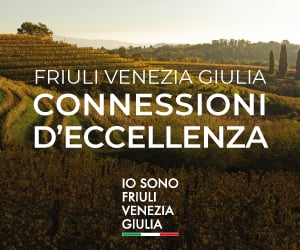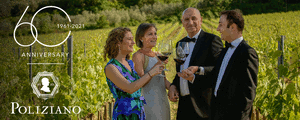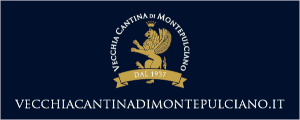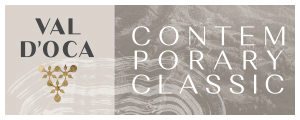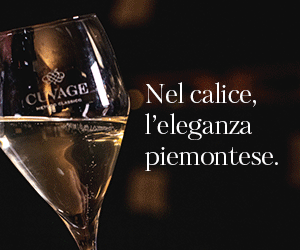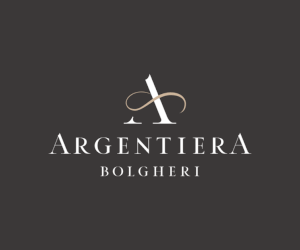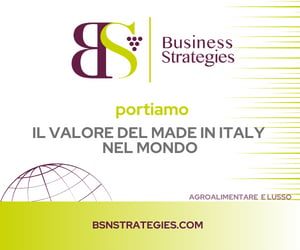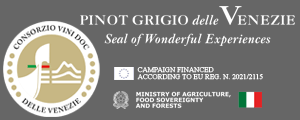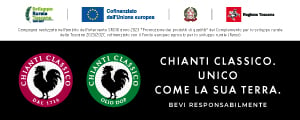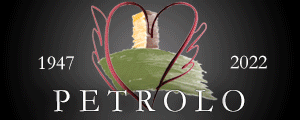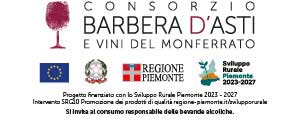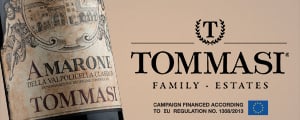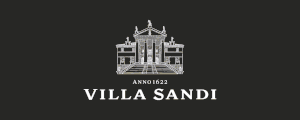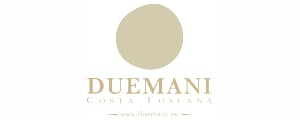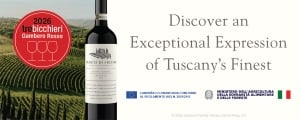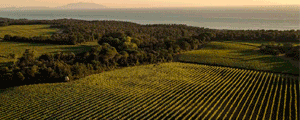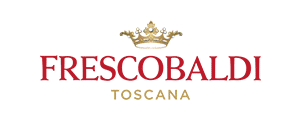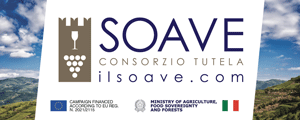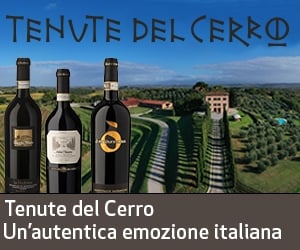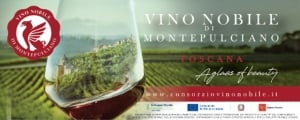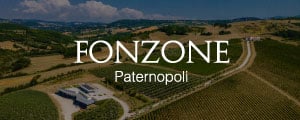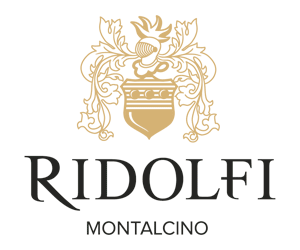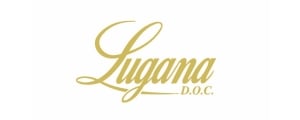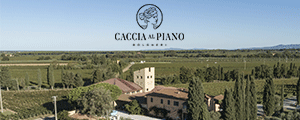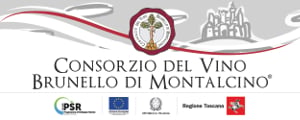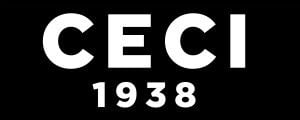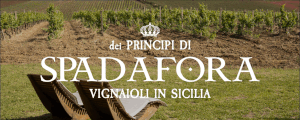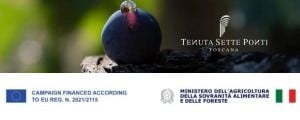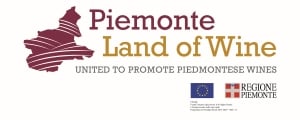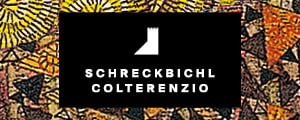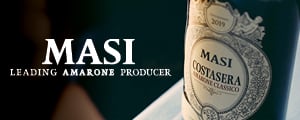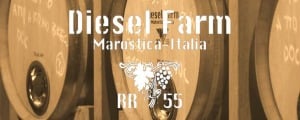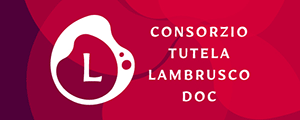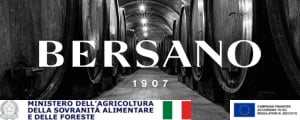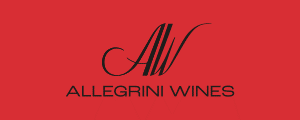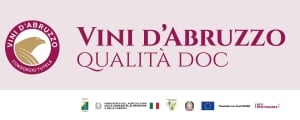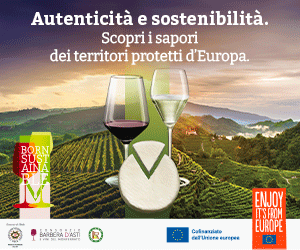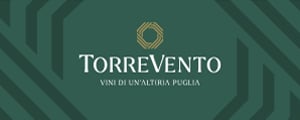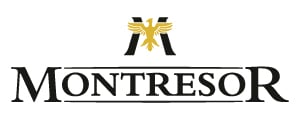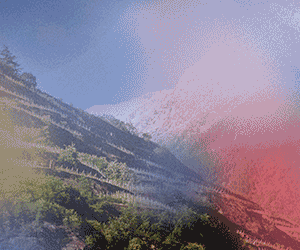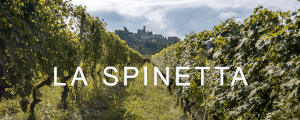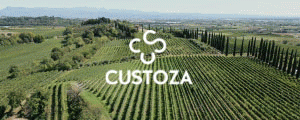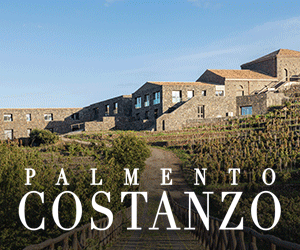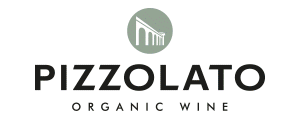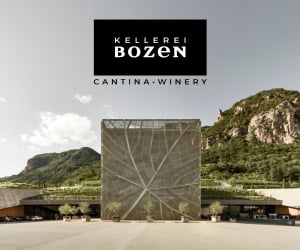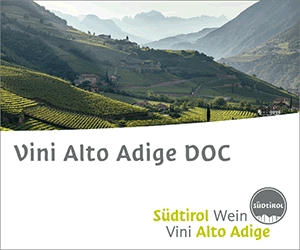With optimism running high among the vineyards for a harvest which is proving, or is expected, to be of exceptional quality across much of Italy, and some concerns about a production forecasted to be abundant, around 47.5 million hectoliters, according to recent estimates by Unione Italiana Vini (Uiv), Ismea, and Assoenologi, and not easy to fully place on a market showing signs of decline, especially in volumes, both in Italy, and abroad, 2025 grape harvest is now in full swing. And, wineries and consortia, as they did at the start of the campaign, and continue to do during this “work in progress”, are sharing their impressions of the harvest, which, thanks to the enduring allure of wine, is the most media-covered agricultural event ever.
Among the territories, for example, harvest began a few days ago in Gavi, one of the most important white wine territories in Piedmont, and Italy. After favorable conditions through August, September rains and storms “prompted growers and winemakers to accelerate harvesting operations to preserve the integrity and finesse of the Cortese vine variety. Once again, there is no “right” moment for harvest, only the best possible one. We are learning this in recent years, as we have faced ever-changing climate conditions which must be studied and interpreted to ensure the grapes entering the winery meet the quality standards expected Gavi denomination and its consumers are accustomed to”, affirms Davide Ferrarese, agronomist at Consorzio del Gavi. And, if the territory, mainly in recent years, has invested heavily, including collaborations with institutions like the University of Turin to study and monitor the vineyards, is also thanks to the positive consumer response worldwide. “The Gavi market continues to reward stylistic consistency and reliability. Working with historical weather and agronomic data is not a tech habit: it makes us faster and more precise in our decisions, improves harvest planning and supply chain management, and strengthens competitiveness of the denomination in Italy and, on foreign markets. Big data doesn’t replace experience, it sharpens it: more evidence, better decisions, more stable value over time”, comments Maurizio Montobbio, president of Consorzio del Gavi.
Harvest in South Tyrol is further ahead in the process, where the harvest began in early September: “winter was mild, while June and July saw regular and well-distributed rainfall. August brought three weeks of intense heat and abundant sunshine, crucial conditions for ripening. Then, temperatures dropped, with highs around 25 Celsius graded in Appiano, and cool nights: an ideal scenario, especially for white grape varieties”, illustrates Jakob Gasser, enologist at Cantina San Michele Appiano, a quality benchmark in the region. “The 2025 vintage in Appiano can be considered ideal. Thanks to the climate, Chardonnay, Pinot Noir, and Sauvignon grapes are looser than usual, a particularly positive characteristic. The green harvest was decisive in preparing for this crucial moment. The flavor profile of the grapes looks very promising this year”, adds Gasser. A broader snapshot of Trentino harvest comes from Cavit, the region’s largest cooperative, which brings together 11 member wineries, 5,250 vinegrowers, and 6,350 hectares of vineyards, which make over 60% of Trento total vineyard area. Cavit coordinates the harvest through its well-established cooperative model, integrating “thousands of growers who care for their plots with dedication, generating value that goes beyond the sum of its parts. This is how we manage to offer wines which exceed consumer expectations across all price ranges”, explains Cavit president Lorenzo Libera. “This vintage required even closer monitoring with a generally favorable seasonal progression in the early stages - underlines Andrea Faustini, head of Cavit’s agronomic and winemaking team - which allowed for good accumulation of color pigments and aromas in the grape skins. However, challenging vintages are becoming more frequent, and climate change makes precision essential at every stage: from vineyard management up to choosing the exact harvest moment. This constant attention, combined with the strength of our cooperative system, allows us to ensure wines that are consistent and representative of the territory, even in the most difficult years. Our approach enables us to enhance the uniqueness of each plot, from valley floor vineyards to hillside ones, applying targeted agronomic techniques. In some areas, this year’s harvest required immediate decisions and accelerated timing to bring quality grapes to the winery, always aiming to offer the best in every category”, continues Faustini.
From one cooperative to another, descending down to Puglia, where Produttori di Manduria toasts a successful harvest. The cooperative brings together over 400 growers cultivating 1,000 hectares of vineyards. In fact, it’s one of “the most promising harvests in recent years, with healthy grapes of excellent quality. After a challenging 2024, marked by unfavorable weather and a notably low overall yield, 2025 season in the lands of Primitivo has seen a strong recovery, thanks to balanced and favorable climate conditions throughout the vine’s development stages. These conditions allowed for the growth of healthy, ripe clusters and a smooth start to the harvest”. This positive ongoing led Produttori di Manduria to a +40% in the 2025 harvest compared to 2024, explains a note. “The 2025 vintage gives us grapes of extraordinary concentration and health - underlines Pasquale Brunetti, president of the winery - and Primitivo, enriched by such favorable conditions, will produce wines which truly reflect our terroir and tradition”. Alongside Primitivo, also white varieties such as Fiano and Verdeca benefited from the balanced climate, showing aromatic freshness and vibrant acidity that promise harmonious, versatile, and highly drinkable white wines. “We’re harvesting grapes of excellent quality - adds enologist Leonardo Pinto - the thermal contrast, grape health, and balanced ripening will result in Primitivos with intensity and structure, while Fiano and Verdeca promise clear aromas and vibrant acidic tension”.
Offering a broader perspective, ranging from Valpolicella to Valdobbiadene, from Oltrepò Pavese to Val d’Orcia, in Tuscany, and from Trentino to Friuli Venezia Giulia, from Soave to Lake Garda, and not only, there is Masi Agricola, one of the leading names in Italian winemaking, headed by the Boscaini family, which brings together estates across various territories, of Italy (and, on September, 19th, will ce at Masi Tenuta Canova, in Lazise del Garda , it will celebrate its traditional 2025 “Festa della Vendemmia” - “Harvest Festival” opening its doors to wine lovers eager to experience the harvest firsthand). Masi Agricola, which, if in Valpolicella, already in early September, waiting for the harvest which began in last days, expressed “cautious optimism”, reports “particularly positive signals from the Canevel vineyards in Valdobbiadene, where the balance between acidity and sugars suggests a sparkling wine of refined elegance, as already seen at Tenute Casa Re in Oltrepò Pavese, and in the first Vermentino harvests in Val d’Orcia. From Trentino to Oltrepò to the Prosecco Hills, we’re seeing a season of great balance and potentially a great vintage”, underlines the company. “Even in 2025, we are seeing anomalies due to climate change: conditions are increasingly more unpredictable and challenging for vineyards - comments Masi president Sandro Boscaini - fortunately, this year they haven’t had a negative impact on our areas. But it’s in these situations that historic territories like Valpolicella Classica show their true value, thanks to the synergy between soil, native grape varieties, and traditional practices - adds “Mister Amarone” - today, however, the challenge is no longer just agronomic. The market remains fragile and selective due to geopolitical uncertainties, punitive tariffs, restrictive regulations, and alcohol consumption policies which risk undermining the cultural and economic value of wine. In this complex context, having an excellent product is no longer enough. We must transform excellence into a concrete value through a clear strategic vision, strong cohesion among producers, and effective communication which can tell and defend the unique heritage of our wine. Only then, we can overcome current challenges and ensure a sustainable future for the sector”.
From the world of Prosecco, Sandro Bottega, head of one of the most renowned wineries in Italy’s largest sparkling wine region, shares his insights, already harvesting a few days ago in the Doc area, and now underway in the Conegliano Docg area. According to Bottega, “the hillside Glera grapes, which had suffered from some humidity, have dried out, and diseases have disappeared without the need for further treatments; this has resulted in good sugar levels and, more importantly, naturally healthier grapes. What makes this harvest unique, besides the slight early start, is that the stress experienced in July helped develop deeper flavors and greater savoriness in traditional Proseccos, even at the expense of some aromatic finesse: this means that Prosecco from this vintage will be more flavorful and persistent, suitable for aging and long sparkling processes to produce a vintage Prosecco which could be enjoyed even ten years from now. This is very positive for us, at Bottega Spa, as we’ve been focusing for years on enhancing the best vintages to create great cuvées, which are aged and sparkling-fermented over time to explore the evolution of flavors and characteristics of this great wine that has conquered the world”.
Remaining in the land of sparkling wines, a report arrives also from La Montina, based in Franciacorta, one of the first territories to begin harvesting organically, starting already in mid-August. So that, at Montina, as president Michele Bozza explains, harvesting began on August, 19th for what is expected to be “a very promising vintage” with “vineyards in optimal health and a perfect balance between vegetation and production: healthy grapes of high quality and good yield considering quantity. Climatically, the summer created ideal conditions for ripening, starting the harvest three days earlier than in 2024. The balance between warmth, freshness, and water availability ensured regular plant development, with well-nourished vines never under stress, producing clusters with above-average sugar levels and excellent acidity: ideal characteristics for our Franciacorta wines.”. A positive outlook which is confirmed also by Terre d’Aenòr, a young winery in Provaglio d’Iseo, in the heart of Franciacorta, which describes the 2025 harvest as “one of the best in recent years, thanks to a balanced seasonal trend that supported optimal vine development”. So that, “in the winery, musts are confirming expectations, showing intense aromas, good savoriness, liveliness, and balanced alcohol levels that suggest expressive and long-lived wines.”
Heading east, there is Colli Orientali del Friuli, where great expectations are felt among the vineyards of Annalisa Zorzettig, for a harvest which “is shaping up as the result of a vintage marked by strong climatic contrasts, yet capable of imparting a distinctive and promising character to the wines. After a rainy May and one of the hottest, driest Junes ever registered, a surprisingly cool July slowed nature pace down, allowing for slow and steady grape ripening. Yields are slightly below average, but analytical data and early tastings paint a compelling picture: lower pHs, high acidity, and rich aromatic profiles suggest juicy, tense, and vibrant wines recalling the best cool vintages of the late 1980s and early 1990s. “Even though autumn officially begins at the end of September - explains wine producer Zorzettig - these days feel like transitional seasons, made up of energy, anticipation, and vitality. Arising wines are deeply connected to this natural rhythm, capable of expressing the essence of the land and the memory of great vintages past”. Always from Friuli, but this time from Collio, Giovanni Ruzzene, enologist at Le Monde and La Ponca wineries, reports that “the 2025 harvest began on August, 19th, about a week earlier than last year. The vintage overall was marked by favorable climate conditions in terms of temperature and rainfall. July’s rains, in particular, brought cooler temperatures and significant day-night temperature swings. All this has certainly benefited our grapes, which will produce highly aromatic wines with excellent acidity values”.
Still, heading down to Tuscany, the harvest has begun in the vineyards of Biondi-Santi, the historic winery known as the “cradle” of Brunello di Montalcino, one of Italy’s top wine brands, now part of the Epi Group owned by the French Descours family (which also owns Isole e Olena, in Chianti Classico). “We have excellent analysis results and very good expectations”, explains Ceo Giampiero Bertolini, following the start of a harvest which began earlier than many other wineries in Montalcino. At least in these early stages, it looks very promising, though a final judgment on the vintage will require more time. “The alcohol level is slightly higher than expected - continues Bertolini - but it’s still within the range we like for our wines. So far, we’ve harvested only a small amount, starting with the lower-altitude areas, which were already ripe. The bulk of the harvest will happen over the next two weeks. It’s still too early to know how things will turn out, as we’ve only brought in a small quantity of grapes. I must say everything is very balanced, and the grapes are very beautiful. We are expecting a harvest which is not abundant, but normal - explains Bertolini - the quantity is much lower than last year, which was an exception. It’s neither too little nor too much, it’s a very balanced quantity. Regarding quality, it also seems very good. Based on what we have harvested so far, we can say it is better than last year, although it is still early to be certain. Musts are clean and promising, but we’ll see how the harvest progresses in the coming weeks, fingers crossed”. Remaining in Tuscany, but moving to Chianti Classico, enologist and general manager of Vallepicciola Alessandro Cellai, one of the gems of the Black Roster territory, shares his view. Having already successfully harvested Pinot Noir for sparkling wines, he explains: “2025 is currently showing a slight delay of about 5-7 days compared to last year. Based on the weather from April to July, this vintage is shaping up to be one of the best in recent years”.
A small journey through already nearly completed harvests, others just begun, and some still waiting to start, in many territories. For example, in the Langhe and Monferrato di Montalbera, winery headed by Franco Morando, will begin nighttime harvesting tomorrow “for two of our red grape varieties, i.e. Ruchè and Grignolino, to preserve their integrity, aromas, and concentration to the highest degree. In this way, the grapes will arrive at the winery at the peak of their ripeness in perfect conditions. We expect the 2025 harvest to produce one of the best vintages ever. We want to protect the grapes for our beloved and renowned Ruchè, but also for Grignolino, a wine which the legendary Luigi Veronelli called “the whitest of reds and the reddest of whites”. The goal is to minimize stress on the grapes to achieve optimal results and the highest quality”, concludes Morando.
Copyright © 2000/2025
Contatti: info@winenews.it
Seguici anche su Twitter: @WineNewsIt
Seguici anche su Facebook: @winenewsit
Questo articolo è tratto dall'archivio di WineNews - Tutti i diritti riservati - Copyright © 2000/2025

